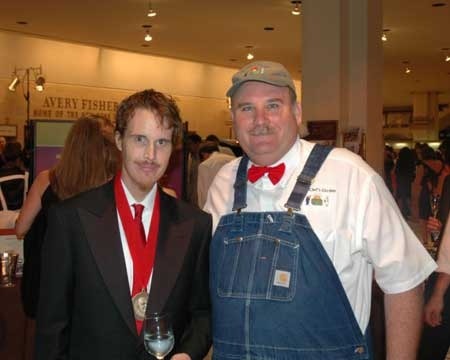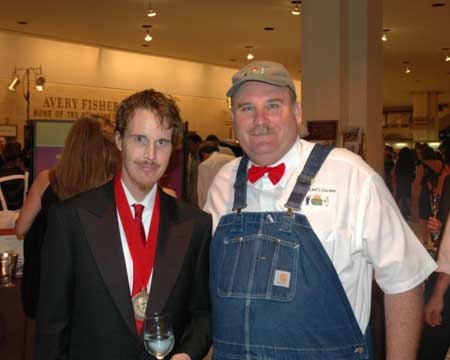Avant-Garde Cuisine Is Alive And Well
As I reflect on American cuisine today, one thing that amazes me is how widely diversified cooking styles and ingredients have become. Chefs are introducing new ingredients from around the world that reflect their heritage, so there's been a surge in interpretations of regional flavors like Korean and Peruvian, for example. We see upscale casual bistros on the rise for people who want a more relaxed atmosphere, fine dining restaurants spinning off food trucks to make their food more available and approachable, and chains like Chef Steve Ells' Chipotle focusing on ingredients and integrity. These examples clearly show that farm-fresh ingredients and a chef's creativity can please the palate in many forms.
Atmosphere and presentation run the gamut; yet it's important to note that the classic fine dining experience is alive and well. The avant-garde is still the focus for chefs like Grant Achatz at Alinea, Daniel Humm at Eleven Madison Park, José Andrés and Ruben Garcia of Think Food Group, Bryan & Michael Voltaggio, Jean-Georges Vongerichten, Thomas Keller... So many great chefs — too many to name — are taking American diners to new heights.
One common thread we're seeing — from the bistro to the Ritz — is that vegetables seem to be taking center stage. We're hearing more and more that the rise in corn prices, which ultimately affects protein prices, has put more emphasis on giving vegetables a starring role in our cuisine. It's fitting since there are so many options available, and even more old-world heirloom varieties of vegetables still to explore. Chefs are interpreting and presenting this to diners in different ways, which has guided us to look at vegetables in new ways too.
We take pride in continually listening to and delivering what chefs need. Years ago we learned that chefs are interested in vegetables at different stages of growth, because each stage offers something unique to the plate. This led us to provide vegetables in up to eight different stages of growth. Chefs today have to be even more creative, and they've been guiding us down a different but equally innovative path.
Le Bernardin recently visited us on the farm and showed us different parts of the plant that she may interested in cooking with. We did a similar project with Grant Achatz (left) about a year ago, looking at the "offal" of vegetation — the parts of the plant that most have and would never consider consuming.
For instance, there are the tiny hearts in the center of a Swiss chard, which are so delicate that they usually never even get harvested. Yet, that center heart is extremely tender and provides an entirely different presentation, flavor and texture on the plate. What happens to that plant underneath the ground? What happens inside the plant? There are endless culinary possibilities yet to be explored!
It is very exciting to continually see the ways that cuisine evolves. And it's very, very energizing and inspirational for us to be able to look at plants and vegetables in new ways. By experimenting with different varieties, growing and harvesting them in different ways, and exploring new applications, American cuisine is developing and maturing into something that is uniquely ours and incredibly special.

